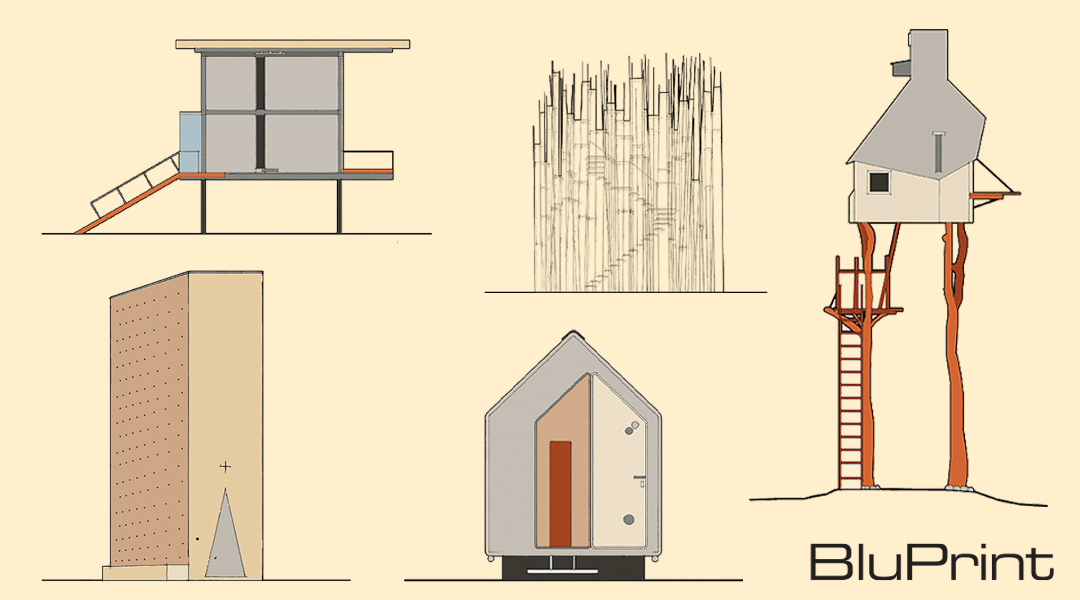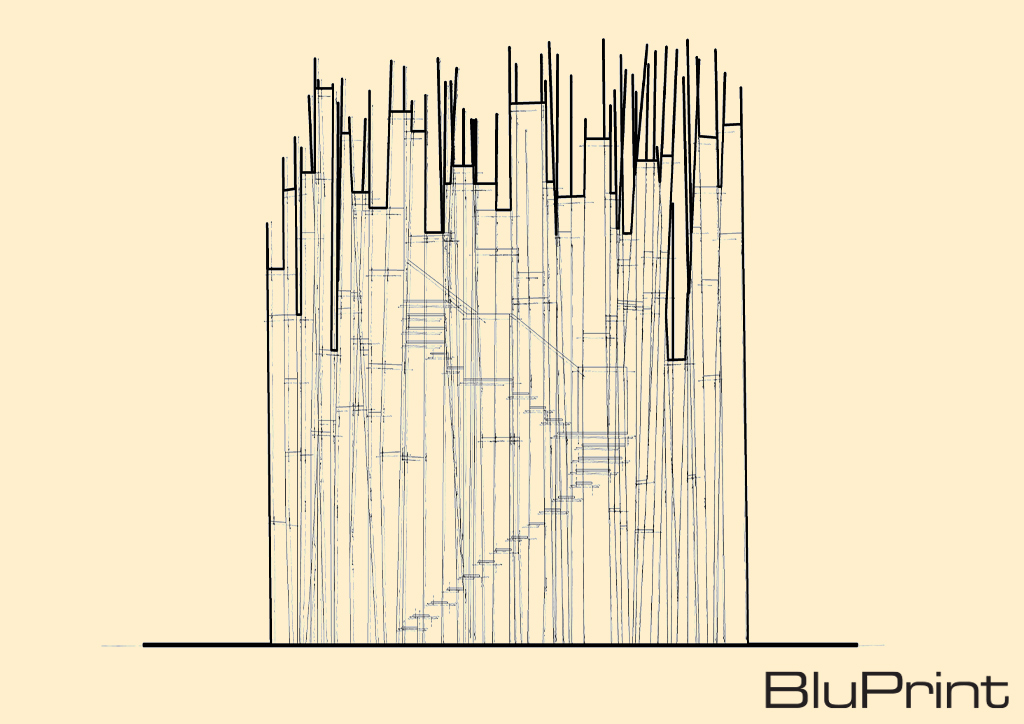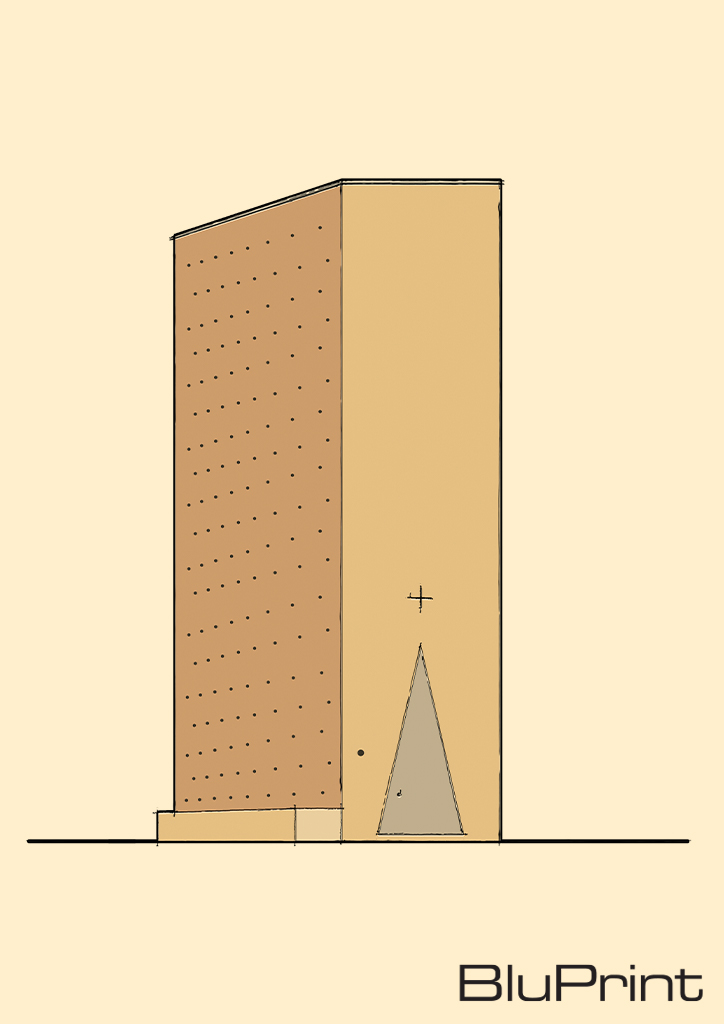
Can you name the big-name architects of these tiny projects?
From a bus stop to a teahouse, small homes, and a chapel, these tiny projects by big-name architects show how designing small can also mean thinking big and challenging the boundaries of comfortable, sustainable, and weather-proof spaces. Although one received mixed reactions, these tiny projects became popular destinations by thrill-seekers and architectural pilgrims—one even garnered an award. Can you name the five architects behind these modest structures?

1. Bränden Bus Stop
More art installation than architecture, this spindly “bus stop” was part of a tourism initiative by the mayor of Krumbach, Austria, who invited seven renowned architects to design bus stops throughout the small town. The design by a noted Japanese architect garnered mixed reactions from netizens and townspeople, questioning its utility and safety. To prevent potential accidents, the bus stop was cordoned off by local police, though that didn’t stop thrill-seekers from mounting the stop’s seemingly precarious winding staircase.

2. Diogene
Furniture maker Vitra calls our next project its “smallest building and largest product.” They worked alongside an Italian Pritzker laureate who responded to a self-imposed brief of designing the smallest possible space that can still sustain a comfortable living. The collaboration produced a self-sustainable home, with only 7.5 square meters of floor space. Named after the Greek philosopher who lived in a barrel, Diogene has a typical house silhouette, finished in aluminum outside and warm timber inside. It produces its own electricity and collects water, all in a package transportable by a truck.
YOU MIGHT LIKE: Here’s how 5 architects designed their first mark in architecture

3. Sol Duc Cabin
This next project called for a small, indestructible weekend cabin that can survive the harsh weather conditions of Washington’s Olympic National Park. The Seattle-based firm answered with a 30-square-meter house made of steel, standing one story above ground on pilotis. To protect its inhabitants against the elements, the house incorporates metal shutters that blend with the façade and slide by way of a wheel mechanism. The spartan interiors are faced with timber and shaded by an expansive cantilevering roof. Prefabricated offsite, this hardy home netted its designers the 2014 AIA Housing Award.


4. Takasugi-an Teahouse
Looking like a structure straight out of a Studio Ghibli film, the Takasugi-an Teahouse was built as an experiment on how far the concept of a traditional tea house can be pushed. Takasugi-an, which means “a very high teahouse” in Japanese, was built atop two chestnut trees, and can only be accessed via a ladder. Once up, the visitor is faced with a 2.7 square-meter space finished in simple plaster and bamboo mats. An interesting departure from traditional teahouse architecture (which had minimal openings for concentration on the tea ceremony) is the addition of a large picture window that opens to a skyline view of Chino City, the architect’s hometown.
READ MORE: Can you name these 10 architects who double as furniture designers?
5. Bruder Klaus Field Chapel
A solitary monolith in a field of gold, the Bruder Klaus Field Chapel in Mechernich, Germany cuts a memorable silhouette. It was built to honor the farmer-turned-saint Nicholas of Flüe. The tiny chapel’s rigid exterior hides a beautifully curved, charred concrete interior created by the process of burning a wigwam of 112 tree trunks, which served as the frame. Concrete was packed in layers around the formwork and once it set, the wooden logs were set aflame. The ceiling lets in light and rain. The beautifully somber space is a favorite destination for both religious and architectural pilgrimages.


